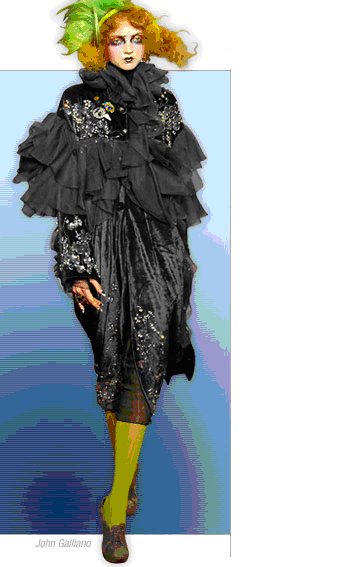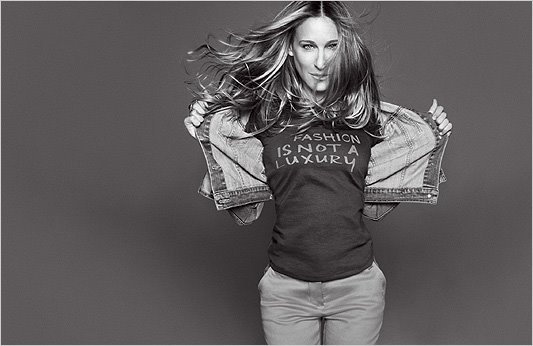Unlike a good cocktail dress, which is designed to be a workhorse in a woman’s wardrobe, a white or cream-colored wedding dress need only dazzle its audience one time only unless, it's a pre-owned wedding dress, either passed down from a beloved relative or picked up at auction or from a favorite vintage shop.
At the beginning of the 20th century, with the Belle Epoque in full swing, Edwardian brides were synced into tight corsets, which were covered with wedding dresses made out of chiffon, lace, and taffeta. But by World War I, the practice of squeezing women into hourglass shapes was giving way to more natural looks. After the war, wedding dress hemlines had crept far enough off the ground to reveal a bride’s ankle.
Hemlines continued to rise throughout the 1920s, producing wedding dresses that were relatively revealing in the front with a flowing train in the back. Dresses got long again in the ’30s, were generally straight, and for the first time were equipped with a detachable train, which allowed a bride to take her solemn walk down the aisle but then cut a rug on the dance floor after.
The 1940s was a crazy decade when it came to fashion, and wedding dresses were no exception. During the war years, wedding gowns followed the overall trend of boxy, broad shouldered, military silhouettes. By the late ’40s, though, all bets were off as miles of previously rationed fabrics were lavished on wedding dresses and gowns. In some cases, wedding dresses were even made from silk salvaged from surplus parachutes.
Wedding dresses returned to full femininity again in the 1950s, with tight waists and full skirts below. Sleeve styles ranged from full length to almost none at all, while necks could be left open or collared. These varied looks remained consistent into the next decade, except for those adventurous brides who chose to be married in short numbers that ended well above their knees. By the 1970s, some women dispensed with the wedding dress altogether, trading tradition for the sophisticated look of an Yves Saint Laurent white tuxedo-jacket suit.
After the restrained outlines of the previous decade, every bride now wanted a fairytale crinoline and tiara. So 1980s ushered in a jumble of styles, as brides moved on from the decade just past. Gone was the structural support of petticoats, replaced by skirts that fell freely around the feet. After Princess Diana's wedding, every bride had to have full skirts gathered to the waist, and big sleeves to the elbow, with flounces and bows and lace embellishments. There was a surge in popularity for taffeta and silk with detailed hand-stitching, puffy sleeves and shoulder pads playing off the big-haired girlygirl glamour of the day. Shoulders eventually softened, and features such as keyhole backs closed with pearl strands and drop dangles added drama.
Her flowers signaled a return of the big bouquet, with trailing greenery. Then the next royal wedding modified the look to suit a fuller figure, with a low waistline, pointed at front and back, and flare as well as gather in her satin skirts, other brides soon followed her, and set the style that was to prevail for the next few years.
1990s
Moving beyond the ornate ostentation's look of the ‘80s, brides embraced the understated, less-is-more styles of Vera Wang and her ilk. Rich brocade fabrics in intricate, scrolling patterns and applied embroidery and beading,on a fairly stiffly sculpted satin corseted bodice were popular throughout the decade. As the decade progressed, a variety of skirt choices became available. The wide skirt stayed popular, but then a variant which had a very dropped waist, to below the hip, and then flared, was often seen. Gradually, more fluid materials began to appear alongside the stiffly appliqued fabrics, and narrower profiles returned. As the nineties progressed, shift dresses were introduced in day wear fashions, often made by layering a fine fabric over a lining for an ethereal effect, and this trend soon appeared on the bridal scene too.
2001 and beyond
Modern brides said good-bye to tradition and walked down the aisle in wedding gowns that reflect their own particular passion, vision, and personality - from ornate designer dresses to a something informal. As wedding fashion continues to evolve separately from the general vogue, brides have felt freer to allow full rein for their imaginations, and some wedding parties are not so much in "best" dress as fancy dress, as themed and fantasy costumes are the order of the day. Brides have gone black or gold, cocktail or sundress, traditional or even trouser suit. The modern bride wears what they want to look beautiful and feel comfortable on their big day.
The white wedding gown is more tradition than virtue, though even these traditions are blurring with the rise of the global community. With women marrying later and more independent, the 21st century bride is eclectically assuming her own custom look and feel. The color of the wedding gowns are still mostly white, eggshell, ecru and ivory,but colored wedding gowns are making a comeback.
Friday, June 18, 2010
Subscribe to:
Post Comments (Atom)




1 comment:
Good fill someone in on and this post helped me alot in my college assignement. Gratefulness you seeking your information.
Post a Comment